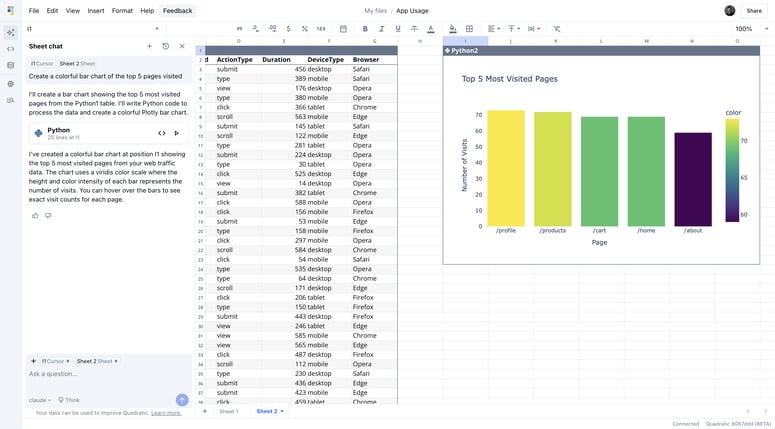At bibliotecas.uncuyo.edu.ar we have multiple services running behind a reverse proxy based on nginx.
For days now all systems have been slowing down. Analyzing the usage logs we have found a massive increase in "visits" from AI bots.
How do we block them?
Using rules in the definition of the proxy_hosts
if ($http_user_agent ~* "amazonbot|Claudebot|claudebot|DataForSeoBot|dataforseobot|Amazonbot|SemrushBot|Semrush|AhrefsBot|MJ12bot|YandexBot|YandexImages|MegaIndex.ru|BLEXbot|BLEXBot|ZoominfoBot|YaK|VelenPublicWebCrawler|SentiBot|Vagabondo|SEOkicks|SEOkicks-Robot|mtbot/1.1.0i|SeznamBot|DotBot|Cliqzbot|coccocbot|python|Scrap|SiteCheck-sitecrawl|MauiBot|Java|GumGum|Clickagy|AspiegelBot|Yandex|TkBot|CCBot|Qwantify|MBCrawler|serpstatbot|AwarioSmartBot|Semantici|ScholarBot|proximic|MojeekBot|GrapeshotCrawler|IAScrawler|linkdexbot|contxbot|PlurkBot|PaperLiBot|BomboraBot|Leikibot|weborama-fetcher|NTENTbot|Screaming Frog SEO Spider|admantx-usaspb|Eyeotabot|VoluumDSP-content-bot|SirdataBot|adbeat_bot|TTD-Content|admantx|Nimbostratus-Bot|Mail.RU_Bot|Quantcastboti|Onespot-ScraperBot|Taboolabot|Baidu|Jobboerse|VoilaBot|Sogou|Jyxobot|Exabot|ZGrab|Proximi|Sosospider|Accoona|aiHitBot|Genieo|BecomeBot|ConveraCrawler|NerdyBot|OutclicksBot|findlinks|JikeSpider|Gigabot|CatchBot|Huaweisymantecspider|Offline Explorer|SiteSnagger|TeleportPro|WebCopier|WebReaper|WebStripper|WebZIP|Xaldon_WebSpider|BackDoorBot|AITCSRoboti|Arachnophilia|BackRub|BlowFishi|perl|CherryPicker|CyberSpyder|EmailCollector|Foobot|GetURL|httplib|HTTrack|LinkScan|Openbot|Snooper|SuperBot|URLSpiderPro|MAZBot|EchoboxBot|SerendeputyBot|LivelapBot|linkfluence.com|TweetmemeBot|LinkisBot|CrowdTanglebot") { return 403; }
In our case, since we use proxymanager to manage the different domains, the entry of this configuration is done in the advanced section




Top comments (1)
Great article! Blocking bots using User-Agent strings is a good starting point, and you've explained it really well.
I just wanted to add that User-Agent blocking can sometimes be bypassed since the User-Agent header can be easily spoofed. To make bot blocking more robust, we could combine it with other techniques like: